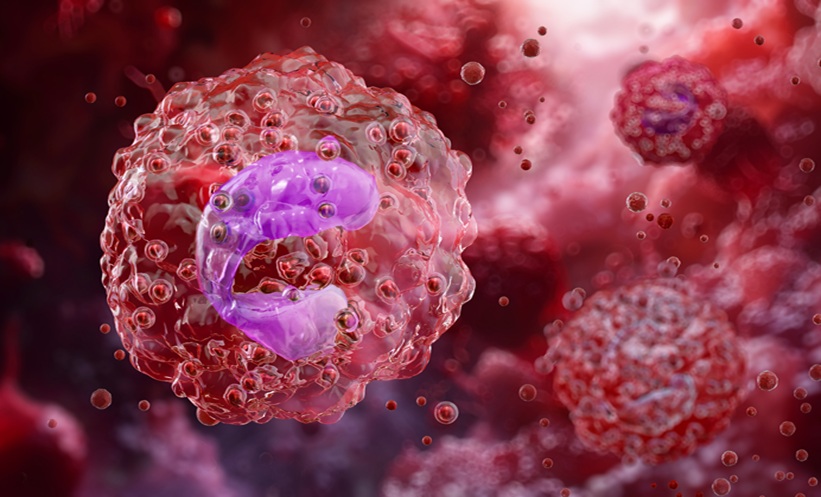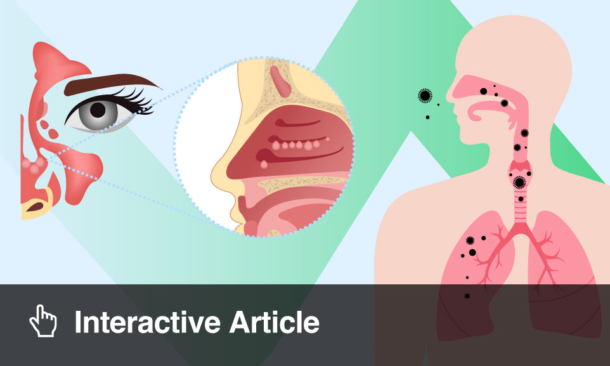A RECENT study has uncovered a specialised subset of immune cells that play a vital role in teaching the body to tolerate food and gut microbes, offering promising insights into future treatments for food allergies, asthma, and autoimmune conditions.
The gastrointestinal tract is constantly exposed to food particles and microbial antigens that could trigger unwanted immune responses. To prevent inflammation, the body relies on peripherally induced regulatory T cells (pTregs). These pTregs help maintain immune tolerance, but the specific antigen-presenting cells (APCs) that drive their development, particularly in response to food, had remained unidentified — until now.
Researchers have discovered a myeloid-derived APC population, dubbed tolerising dendritic cells (tolDC), that is essential for generating both food- and microbiota-specific pTregs. These cells are distinct from other immune cells like ILC3s and share characteristics with classical dendritic cells, including gene expression and epigenetic markers.
The development of tolDC depends on the transcription factors Prdm16 and RORγt, and a unique regulatory element within the Rorc(t) gene. In mouse models, disrupting these cells led to a rise in inflammatory T helper 2 (Th2) cells and a corresponding loss of tolerance, resulting in heightened allergic responses.
Importantly, single-cell analyses from human lymph nodes and intestinal tissues identified similar cells expressing PRDM16 and RORC, suggesting an evolutionarily conserved mechanism.
This breakthrough could pave the way for targeted therapies aimed at boosting or restoring tolDC function in individuals with immune-mediated diseases, potentially improving outcomes for allergies, autoimmune disorders, and even organ transplantation.
Reference
Fu L et al. Prdm16-dependent antigen-presenting cells induce tolerance to gut antigens. Nature. 2025;DOI:10.1038/s41586-025-08982-4.






